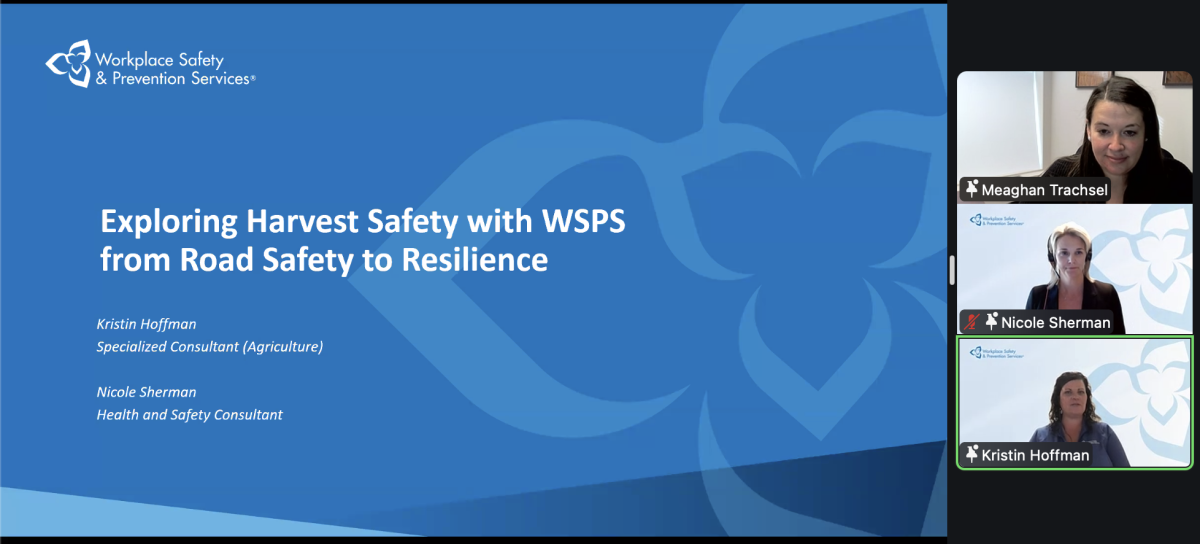Demand for “local food” is on the rise but can’t expand nearly as far some of its promoters claim it will, according to a report released today by the George Morris Centre.
Martin Gooch, a research associate at the Guelph-based agricultural think tank, writes that “the extent to which some proponents have predicted the size of the eventual market verges on the ridiculous.”
Gooch cites claims suggesting that local food will replace current levels of large-scale agriculture within 10 years or provide a potential windfall for masses of smaller “family farms,” as well as suggestions that consumers will automatically seek out and pay more for local food.
Read Also

Exploring Harvest Safety
Kristin Hoffman of WSPS explains measures for increased farm safety around harvest season
The concept of urban and suburban consumers purchasing food from local suppliers — purportedly to reduce the fuel otherwise burned by long-distance shipping and to support local entrepreneurs — has enjoyed a renaissance in recent months spearheaded by local-level marketers and books such as The 100-Mile Diet.
However, Gooch writes, the processors, distributors, retailers and foodservice industries that would allow “local food” to assume mainstream consumer support will not sign onto what he called the “‘local food’ theology” until they’re sure it’ll be profitable, “which in many instances has yet to be proven.”
Looking at polls that suggest 80 per cent of consumers would pick local food over alternatives, Gooch cited other recent research, for a project that the Morris Centre co-ordinated, suggesting the number who choose food according to area of production is closer to 25 per cent.
Meat consumers especially disagree with strong supporters of “local” or “regional” as important considerations by a ratio of two to one, particularly in the west and central regions, he wrote.
Furthermore, he said, the same research suggests demand revolves around quality and value, and that depends also on meal occasion — a weekend meal entertaining friends or family, for example, as opposed to a midweek family meal. “Local is a nice ‘add-on’ for most,” he wrote. “It is not the main reason for purchase, particularly for midweek meals.”
He also wrote that consumers’ interest in foods with a lower carbon footprint are unlikely to influence their buying decisions as much or as immediately as health and diet.
And while local food is viewed as one way of “cutting through the barrage of often-conflicting information on what constitutes a healthy diet,” it’s still debatable whether local food is actually healthier, making it “a flimsy rack on which to hang the hat of promoting local food,” he wrote.
He also warned that so far, in most cases, suppliers of local food aren’t working together to guarantee volume and supply, or to present or market their products professionally, at the level where larger retailers such as Loblaws or Sobeys would comfortably accommodate them.
Gooch also cited several policy roadblocks that he claimed are hindering market development for local food producers, such as the lack of protection against fraudsters who present imported foods as “local,” or the Canadian dairy quota system that prevents milk from being segregated by supplier and market, or the Canadian Wheat Board and Grain Commission that make it difficult to source wheat for specific local markets.
“We need to have a far more sophisticated discussion on the opportunities,” he wrote. “In the meantime, beware of the false prophets who attempt to say that local food is a panacea for the industry’s ills. It is not.”















